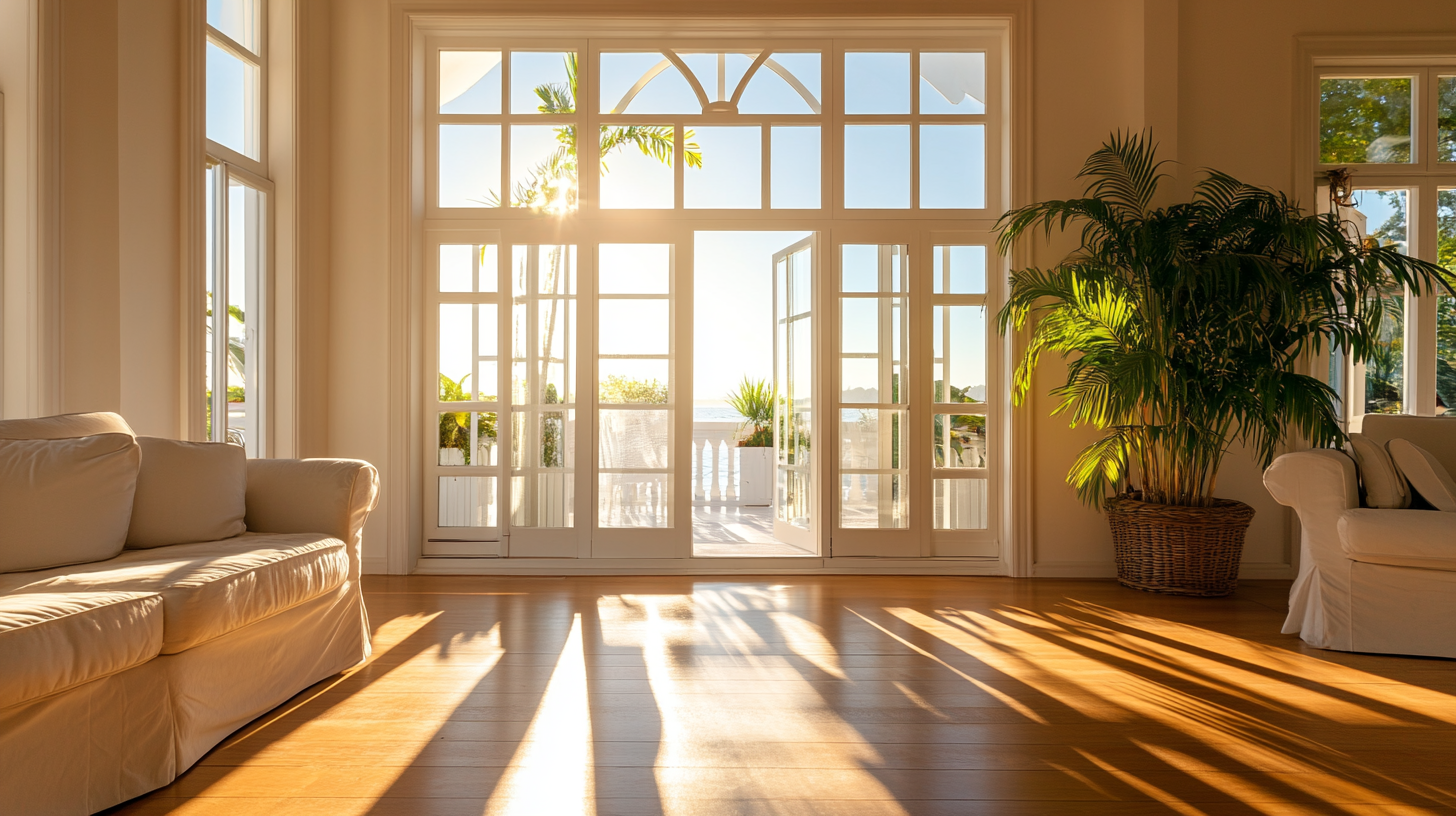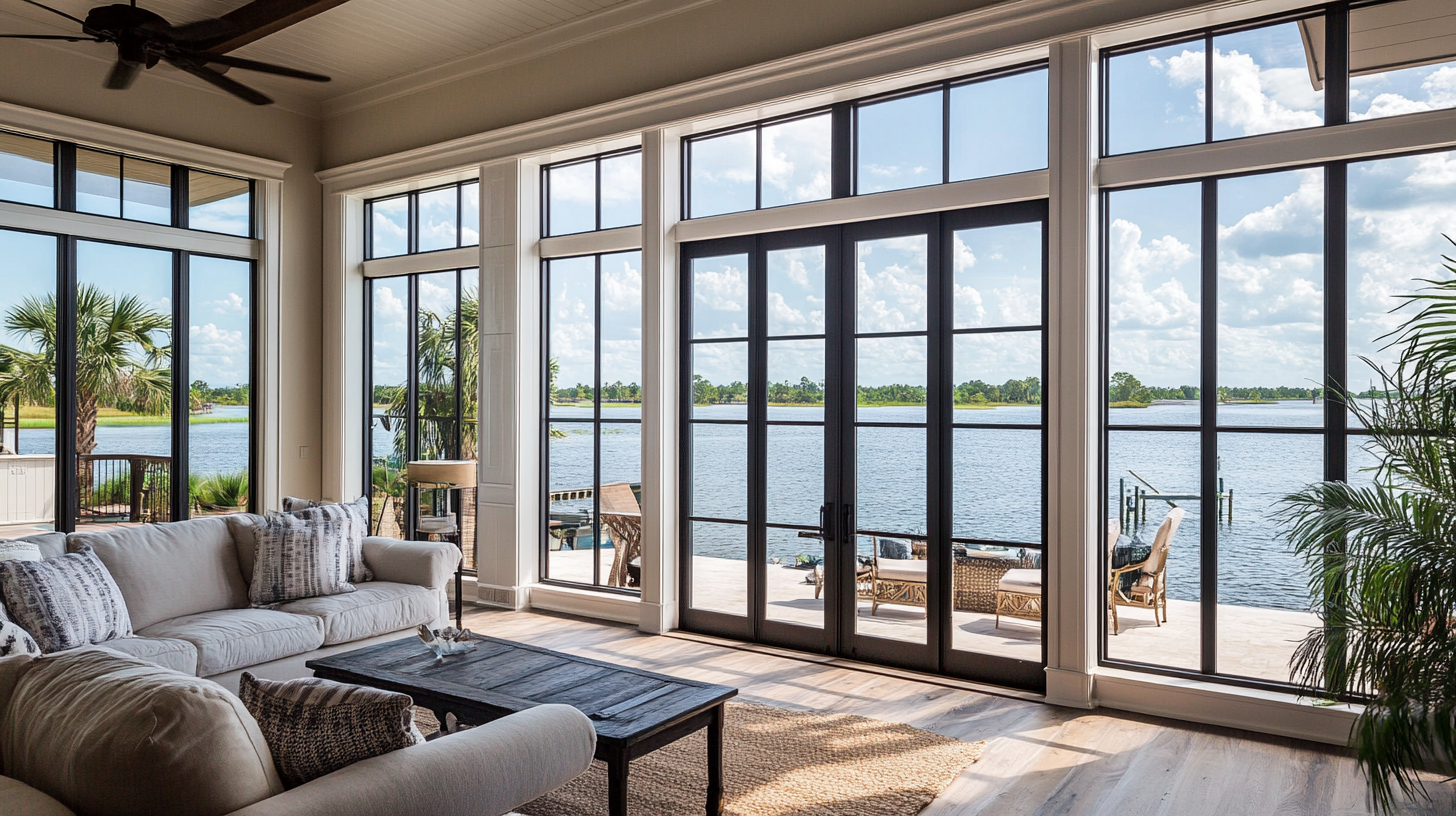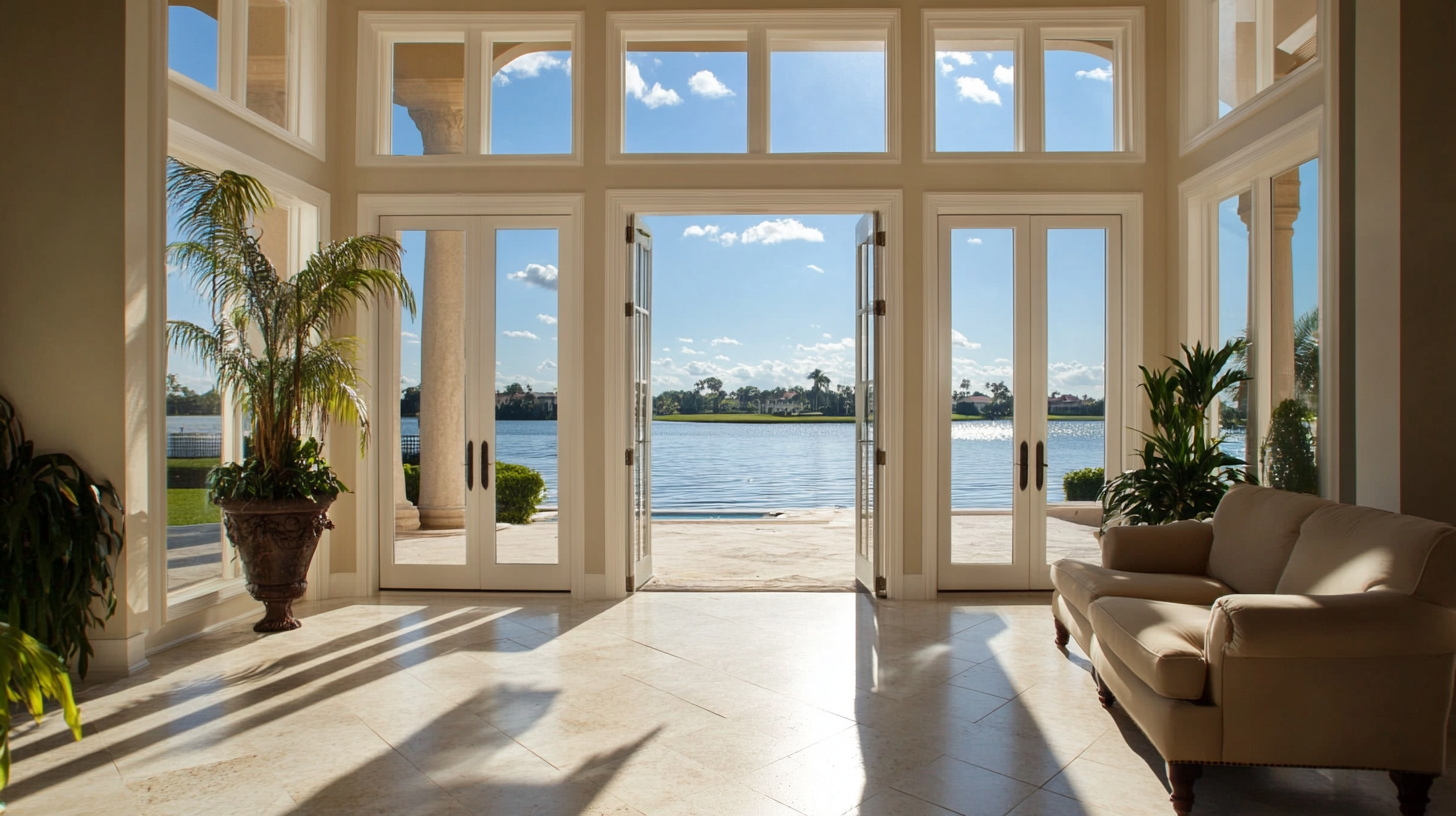5 Essential Tips for Choosing the Best Impact Windows and Doors for Your Home
In today's world, protecting your home from severe weather conditions is more critical than ever. According to a report by the Insurance Institute for Business & Home Safety, homes equipped with Impact Windows and Doors can significantly reduce the risk of damage from high winds and flying debris, often associated with hurricanes and severe storms. This innovative design not only enhances safety but also offers energy efficiency benefits, as noted by the U.S. Department of Energy, which states that well-installed impact-resistant products can lead to a reduction in energy costs by improving insulation. As homeowners increasingly prioritize safety and sustainability, understanding how to select the best Impact Windows and Doors is essential. This blog will provide you with five essential tips to navigate your choices effectively, ensuring that your investment offers lasting protection and peace of mind for you and your family.

Key Factors to Consider When Selecting Impact Windows and Doors for Hurricane Resistance
When selecting impact windows and doors for hurricane resistance, it's vital to consider several key factors that can significantly influence the safety and integrity of your home. According to the Federal Alliance for Safe Homes (FLASH), windows and doors account for roughly 80% of a home’s total breach during hurricanes. Thus, investing in high-quality impact-resistant products can provide your home with an essential line of defense against extreme weather conditions.
One crucial factor is the certification of the windows and doors. Look for products that meet or exceed the standards set by the American Society for Testing and Materials (ASTM) and the Miami-Dade County protocols. These certifications ensure that the products have undergone rigorous testing to withstand high winds and flying debris. Furthermore, consider the material used; fiberglass, vinyl, and aluminum often offer better resilience and longevity compared to traditional materials. According to a report by the Insurance Institute for Business & Home Safety (IIBHS), homes equipped with impact-resistant products can see insurance premium reductions ranging from 10% to 20%, making them not only a smart choice for safety but also for financial savings.
Understanding Impact Ratings: What You Need to Know for Your Home's Safety
When it comes to enhancing your home's safety, understanding impact ratings for windows and doors is crucial. These ratings are determined by testing materials against severe weather conditions, ensuring they can withstand high winds and flying debris during storms. According to the American Architectural Manufacturers Association, impact-rated windows can reduce potential damage by over 90% compared to non-rated alternatives, providing homeowners with peace of mind during hurricane season.
Moreover, selecting the right impact windows and doors involves not only understanding the ratings but also considering the material and design. For instance, products made from laminated glass significantly increase durability and energy efficiency, as noted in a 2023 report by the Department of Energy. Additionally, proper installation is essential; even the highest-rated products can fail without expert fitting. As a homeowner, prioritizing these factors can contribute to a safer environment while potentially lowering insurance costs and enhancing your property's value.

The Importance of Energy Efficiency in Impact Windows and Doors: Statistics and Benefits
When selecting impact windows and doors for your home, prioritizing energy efficiency is crucial. Not only do these features provide protection against extreme weather conditions, but they also significantly reduce energy consumption. According to recent statistics, energy-efficient windows can lower heating and cooling costs by approximately 25-30%. This translates to substantial savings for homeowners over time, making an investment in high-quality impact windows and doors financially wise.
In addition to cost savings, energy-efficient impact windows and doors contribute to a more comfortable living environment. By minimizing drafts and maintaining indoor temperature, these installations create a stable climate within your home. Moreover, they help reduce reliance on heating and cooling systems, which in turn lowers greenhouse gas emissions, benefiting the environment. As homeowners become increasingly aware of their carbon footprint, choosing products that enhance energy efficiency is not just beneficial for personal finances, but also for the planet.
Energy Efficiency Benefits of Impact Windows and Doors
Material Choices: Comparing Vinyl, Aluminum, and Wood for Impact Resistance and Durability
 When it comes to selecting impact windows and doors for your home, the choice of materials plays a crucial role in ensuring maximum protection and durability. Three popular options are vinyl, aluminum, and wood, each with its unique advantages and considerations.
Vinyl is often favored for its excellent insulation properties and low maintenance requirements. It resists moisture and won’t warp or crack, making it a reliable choice for areas prone to extreme weather conditions.
When it comes to selecting impact windows and doors for your home, the choice of materials plays a crucial role in ensuring maximum protection and durability. Three popular options are vinyl, aluminum, and wood, each with its unique advantages and considerations.
Vinyl is often favored for its excellent insulation properties and low maintenance requirements. It resists moisture and won’t warp or crack, making it a reliable choice for areas prone to extreme weather conditions.
On the other hand, aluminum offers robust strength and is highly resistant to impact. It can withstand powerful winds and debris without compromising its structural integrity. However, homeowners should be mindful that aluminum can conduct heat, which might affect energy efficiency unless properly treated. Lastly, wood exudes timeless beauty and provides natural insulation, though it requires regular maintenance to protect against the elements. Selecting the right material depends on your priorities—whether it's aesthetics, energy efficiency, or resilience against severe weather.
Cost Analysis: Weighing the Investment of Impact Windows and Doors Against Long-Term Savings
When considering the upgrade to impact windows and doors, an in-depth cost analysis is crucial. While the initial investment typically ranges from $15 to $30 per square foot, according to the Efficient Windows Collaborative, the long-term benefits often outweigh these upfront costs. Impact windows can significantly reduce energy consumption, leading to savings of up to 30% on heating and cooling costs. This is particularly relevant in regions prone to extreme weather conditions, where energy efficiency becomes paramount.
Moreover, the durability of impact-resistant materials can lead to considerable long-term savings. A study from the National Association of Home Builders reveals that homes equipped with impact windows and doors can incur 20% less in repair and maintenance costs over the lifespan compared to traditional windows. Additionally, the enhanced safety features can lead to lower insurance premiums, further contributing to financial savings. Thus, while the initial investment may seem daunting, the overall impact on your budget, combined with increased property value, makes impact windows and doors a wise choice for homeowners.
5 Essential Tips for Choosing the Best Impact Windows and Doors for Your Home
| Feature | Average Cost ($) | Energy Savings ($/year) | Insurance Discount (%) | Lifespan (Years) |
|---|---|---|---|---|
| Single Hung Impact Window | 300 | 150 | 10 | 20 |
| Sliding Glass Door | 800 | 200 | 15 | 25 |
| Casement Window | 350 | 175 | 12 | 20 |
| French Doors | 900 | 220 | 18 | 30 |
| Picture Window | 500 | 160 | 15 | 25 |
